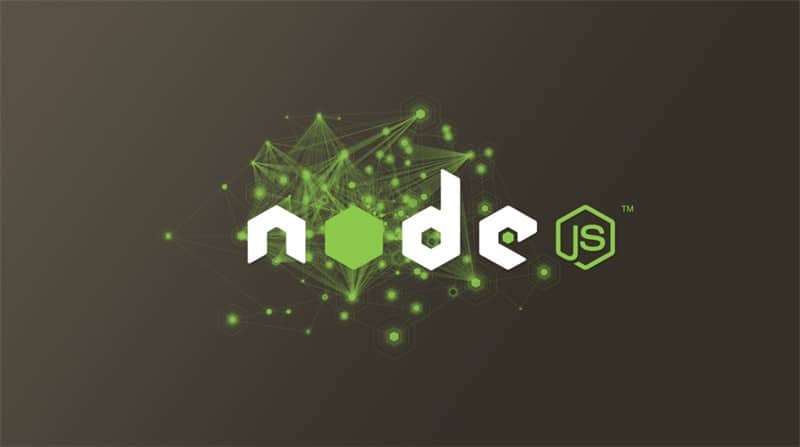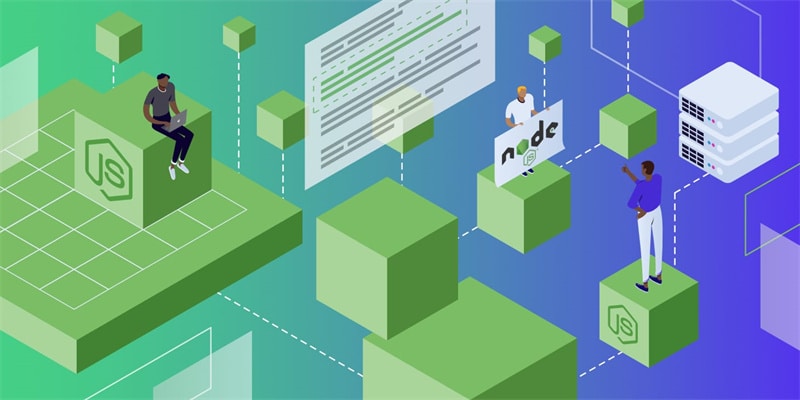
The beauty of blockchain technology comes in its decentralization.
Because the nodes that validate the given network are held by thousands of different owners, it becomes physically impossible to control how the network behaves. In this regard, the multiple validation points keep the network protected.
This has a couple of other benefits as well. There is no centralized censorship by one majority, one doesn’t need permission to access the network, and those trying to cheat it are thwarted by too many different hands correcting problems almost instantly as they occur. This then keeps the given blockchain safe.
However, users working through wallets aren’t directly in control of their assets on a blockchain. Instead, they use the wallet to issue requests. These requests are then validated by node owners who process the requests and add them to the blockchain.
So, it’s really node owners who are the true controllers of a blockchain, being directly connected to it. Everyone else is using an intermediate to make their changes. So, it’s to your advantage to have your own node if you really want to be in charge of your blockchain transactions on Ethereum.
The Basics of a Node

A node is an operating point of a network. It runs software and hardware that interacts with a given blockchain online. In the case of Ethereum, a full Ethereum node verifies those transactions it processes on the Ethereum blockchain. Because these nodes number in the thousands, the validation process in aggregate enforces its protection. However, there are different nodes at work.
A full node carries an entire copy of the Ethereum blockchain. These keep it fully tied to the entire network and additions are added to it as they occur. However, it requires a tremendous amount of storage to archive the entire record. Full nodes are key players in the verification of changes, acting as the primary line of security to validate new changes. Full nodes also restrain rewards to avoid cheating, double payments, or major errors.
A light node works as an expedited version of a full node. These don’t verify anything because they can’t reconcile the entire blockchain record. However, they allow users to interact with the blockchain directly. A light node, for example, can be used via smartphone versus a full computer and server.
An archive node is a history keeper. This node keeps a record of the full blockchain since its start to protect the old records. They act as a redundancy if pruned records are needed again after the fact as well as if there is a critical loss of past records.
Starting Your Own Node

A user needs both software and hardware to make a node work. Way back when, software was managed by a command line, similar to using Linux. Today, a user can use pre-written software to interact with the network.
First, hardware should include a computer, processor, and sufficient storage to run a sizeable node without limitation. Most users put together hardware including a hefty CPU like an Intel 7th gen chip, motherboard, at least 8 DDR RAM, and 2 TBs of storage.
Second, software like Geth runs the program side of a node and its execution. DAppNode is another option for click-and-execute (plug-and-play) style operation with minimal coding.
Third, once the node is connected and operating, it needs to stay connected as much as possible. This doesn’t have to be every second, but maintaining frequent connections is ideal. Along the same lines, the node software should be patched regularly as well for security and the best connection for network changes.
Don’t confuse a node with mining Ethereum. A node maintains the existing network. Mining is a separate activity adding to the blockchain’s length for mining rewards (and it's been made obsolete by the latest Ethereum update to proof of stake).
One of the most ideal ways to operate a node uses 32 ETH. This package provides a combination of being a user client for the execution of orders, a consensus validator, and a hardware operator. Additionally, rewards for validation can be expanded utilizing a Mev boost, according to Blocknative, who provides a full explanation of how this advantage works.
Validators play a key role in blockchain protection and integrity. By starting your own node, you become part of that system that makes the Ethereum network stable.










